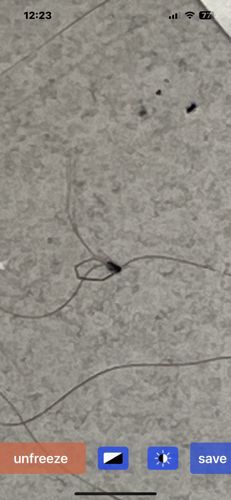Cellar Spider, Daddy Long-legs Spider, Vibrating Spider
Scientific Name: Pholcus phalangioides (the most common species, though there are others in the family Pholcidae)
Order & Family: Order: Araneae, Family: Pholcidae
Size: Body length typically 2-10 mm; however, their legs are very long, often several times the length of their body, giving them a much larger appearance. Leg span can reach up to 50-70 mm.

Natural Habitat
Commonly found indoors in basements, cellars, crawl spaces, attics, garages, and sheds, or any dark, undisturbed, and often damp areas. Outdoors, they can be found under rocks, logs, or in caves.
Diet & Feeding
Mainly insects and other spiders. They are opportunistic predators, known to capture flies, mosquitoes, and even other spiders, including black widows.
Behavior Patterns
Cellar spiders are typically reclusive, building irregular, tangled webs in secluded, damp, and dark areas. They often hang upside down in their webs. When disturbed, they may vibrate rapidly in their web (hence the common name 'vibrating spider') to blur their outline and make themselves harder to catch. They are known for their ability to capture and consume other spiders, including much larger and more dangerous ones.
Risks & Benefits
Generally considered harmless to humans. While they possess venom, their fangs are too small to penetrate human skin effectively, and their venom is not considered medically significant. They can be beneficial in controlling other insect populations, including more harmful spiders, within a household. Their presence usually indicates a healthy, albeit sometimes dusty, indoor environment.
Identified on: 9/1/2025